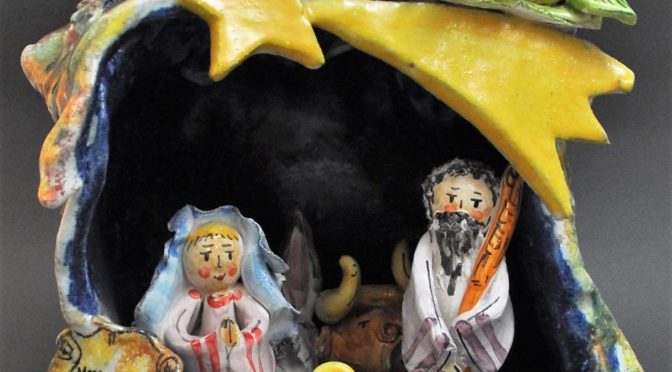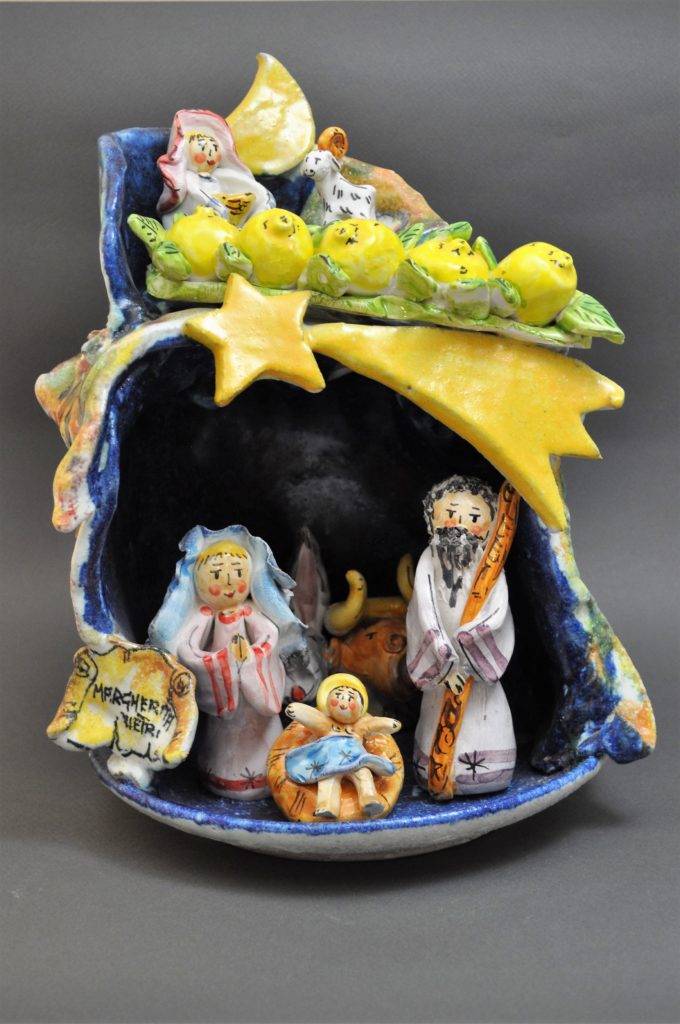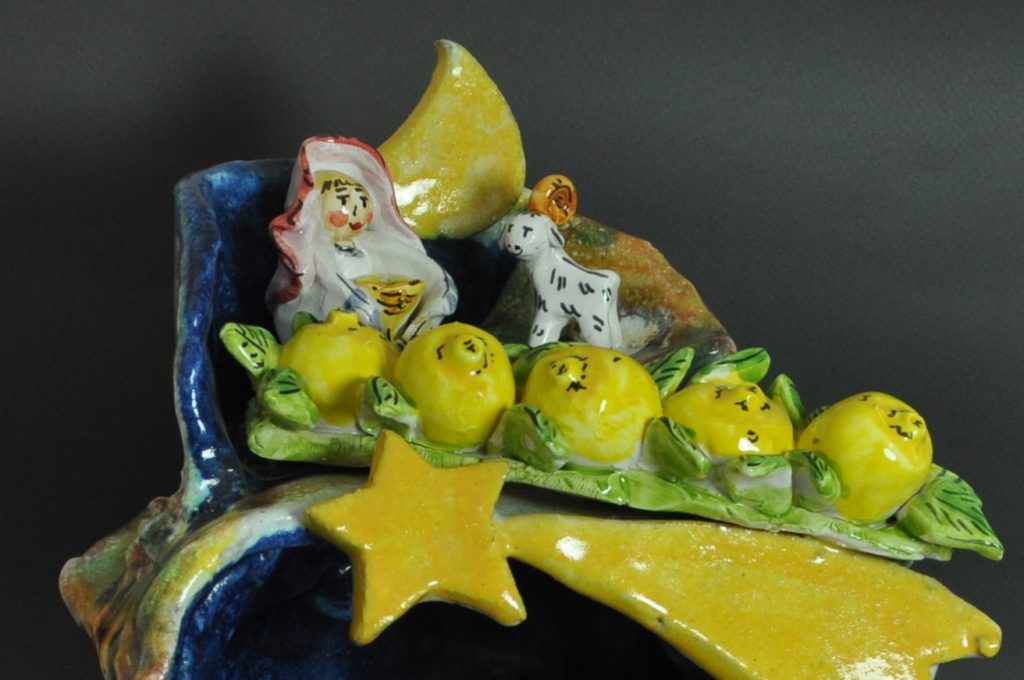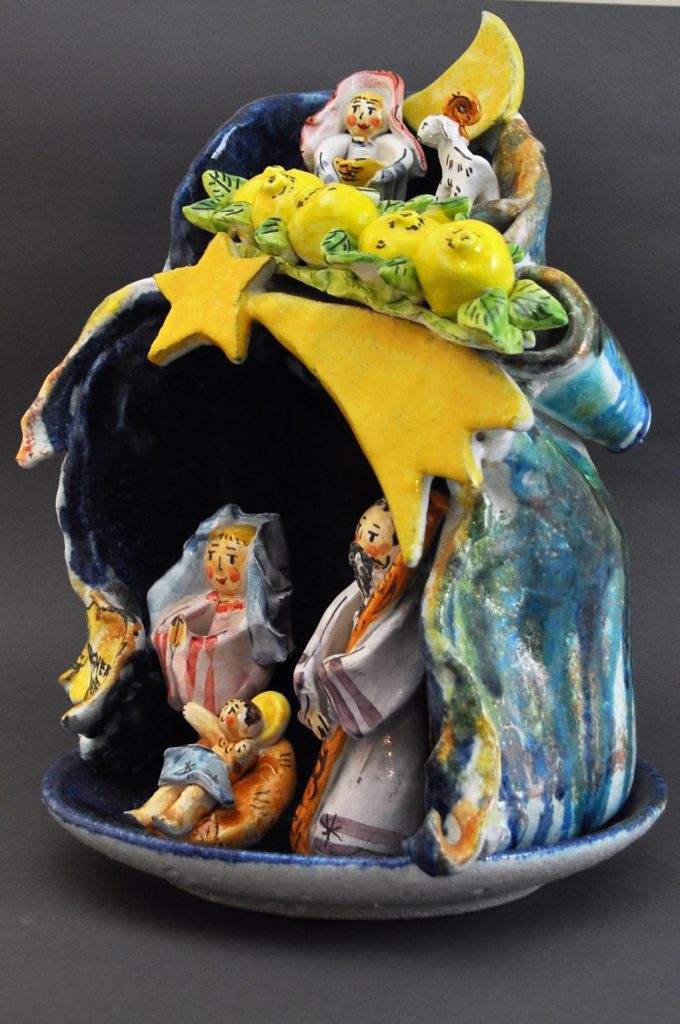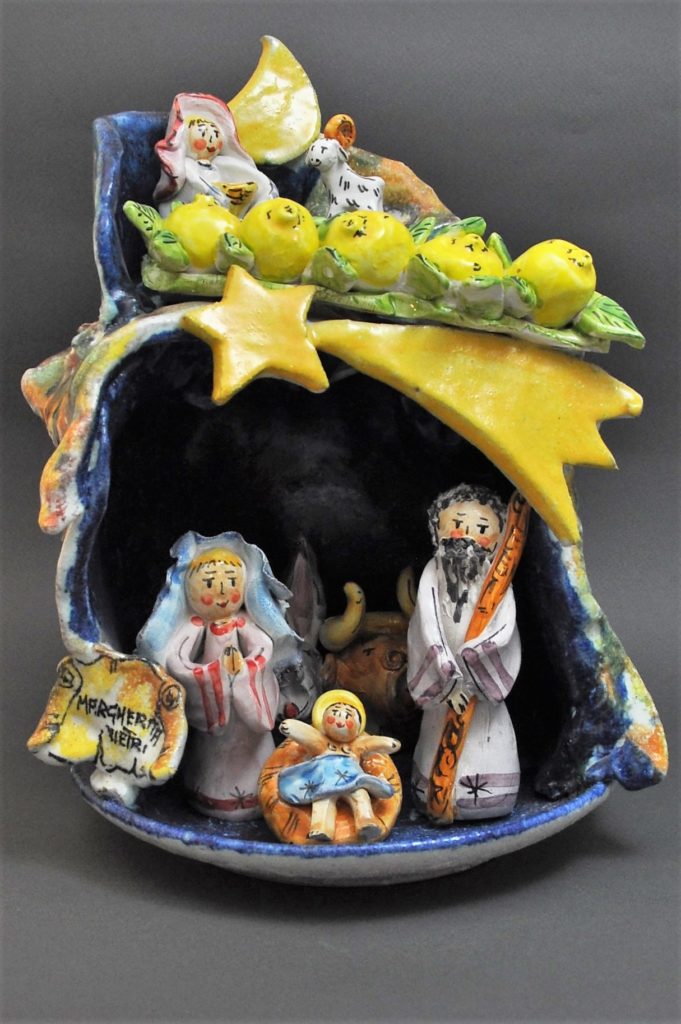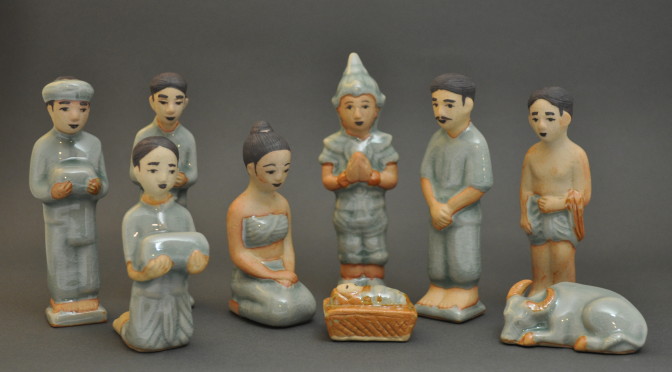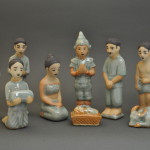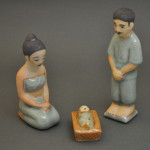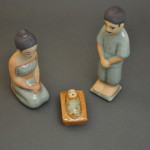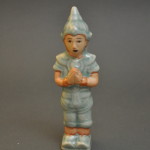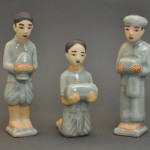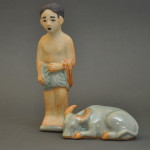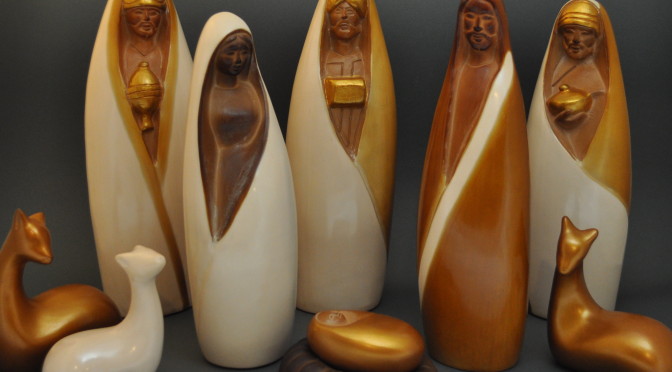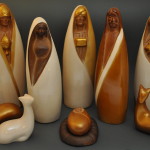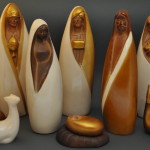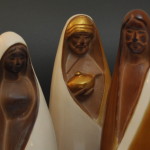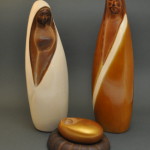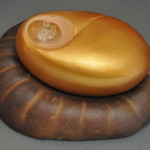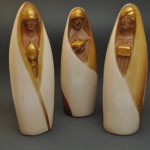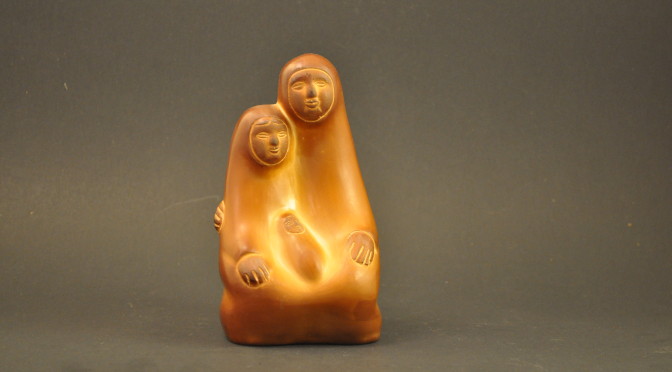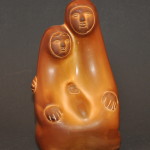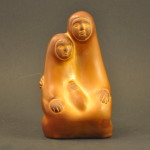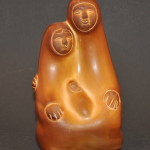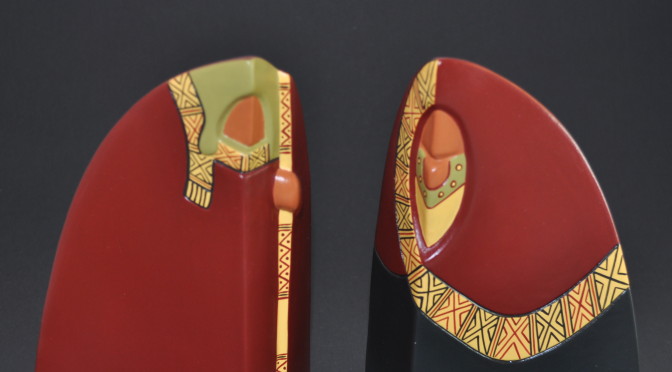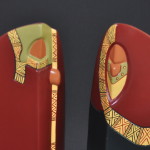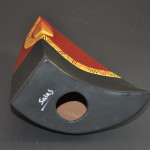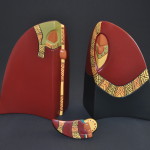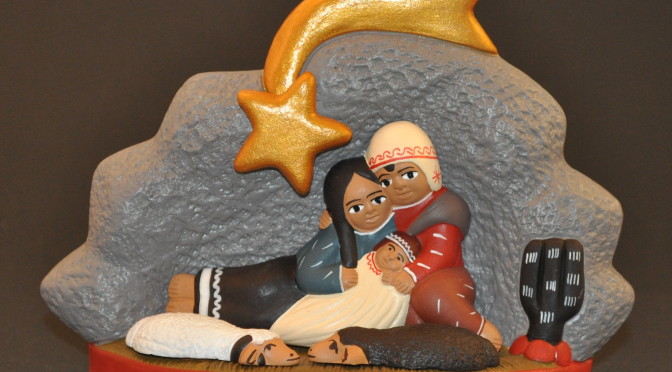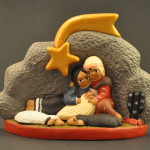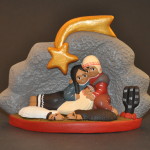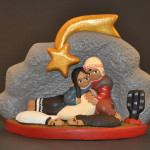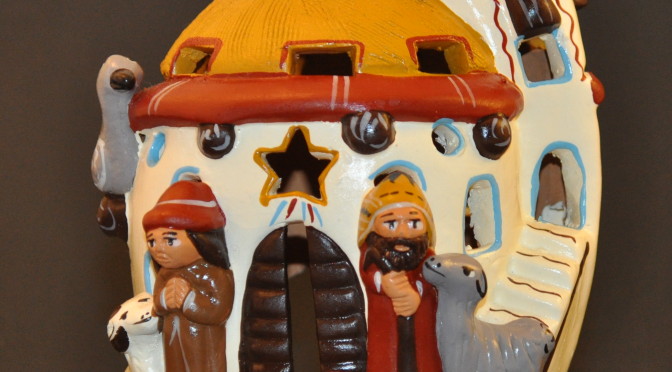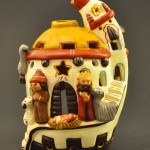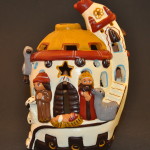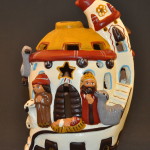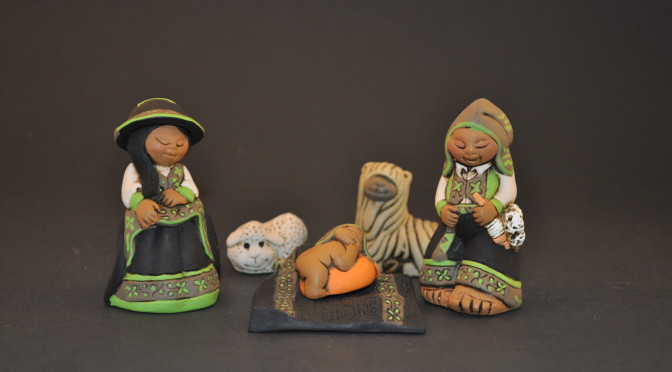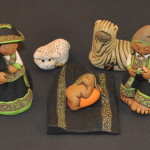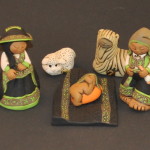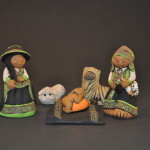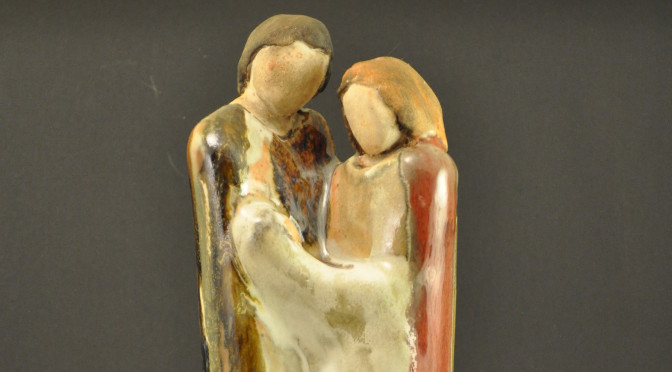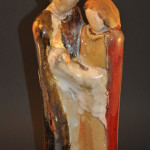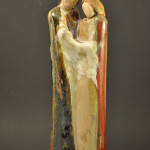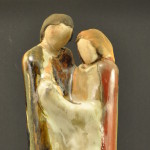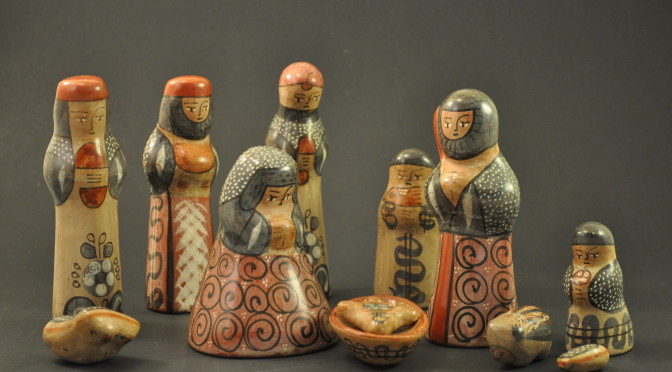“Ceramica Margherita” (http://www.ceramicamargherita.it/index.html) is a ceramic studio founded by Margharita D’Amato. The studio which was founded in 1996 is located in the town of Vietri sul Mari in the province of Salerno, in the Campania region of Southern Italy. Vietri is known as the gateway to the Amalfi Coast. Ms. D’Amato’s husband Giovanni Stabile manages their ceramic store in Vietri.
Vietri and all of Campania is known for its colorful ceramics. Since the 15th C. ceramicist in Campania have given their creative imagination form, shape and color in ceramics that are innovative, elegant, and often whimsical.
Standing in this long tradition Ms. D’Amato has a natural affinity for working with clay. Her works are unique; they express great joy; and they have a disarming sense of simplicity.
This ceramic nativity evokes the beautiful grotto or stable in which Jesus was born. The grotto is painted azure bleu, reminiscent of the beautiful blue grotto on the nearby island of Capri. The Star of Bethlehem is perched on the grotto. Behind the star is a decorative string of lemons, so typical for the Amalfi Coast. On top of the grotto in a beautifully bucolic setting of a shepherdess offering a baby goat something to drink.
The holy family is piously situated in the grotto. Mary looks beatific as she adores the baby Jesus lying in the manger, draped with a whimsical bleu blanket. Only Jesus has a halo. Joseph stands by leaning on a staff, protectively tending to Mary and Jesus.
A very playful and colorful ox and donkey in the back of the grotto complete the scene, their mouths wide open in acclamation. They fulfill the Biblical prophecies from the Book of the Prophet Isaiah 1:3: “The ox knows its master, the donkey its owner’s manger, but my people do not understand.” Also, the Gospel of the Pseudo-Matthew mentions that an ox and donkey were present fulfilling the prophecy of Habakkuk 3:2: “Between two animals you are made manifest.”.
I found this joyful nativity in a ceramic store in Amalfi in 2016.

